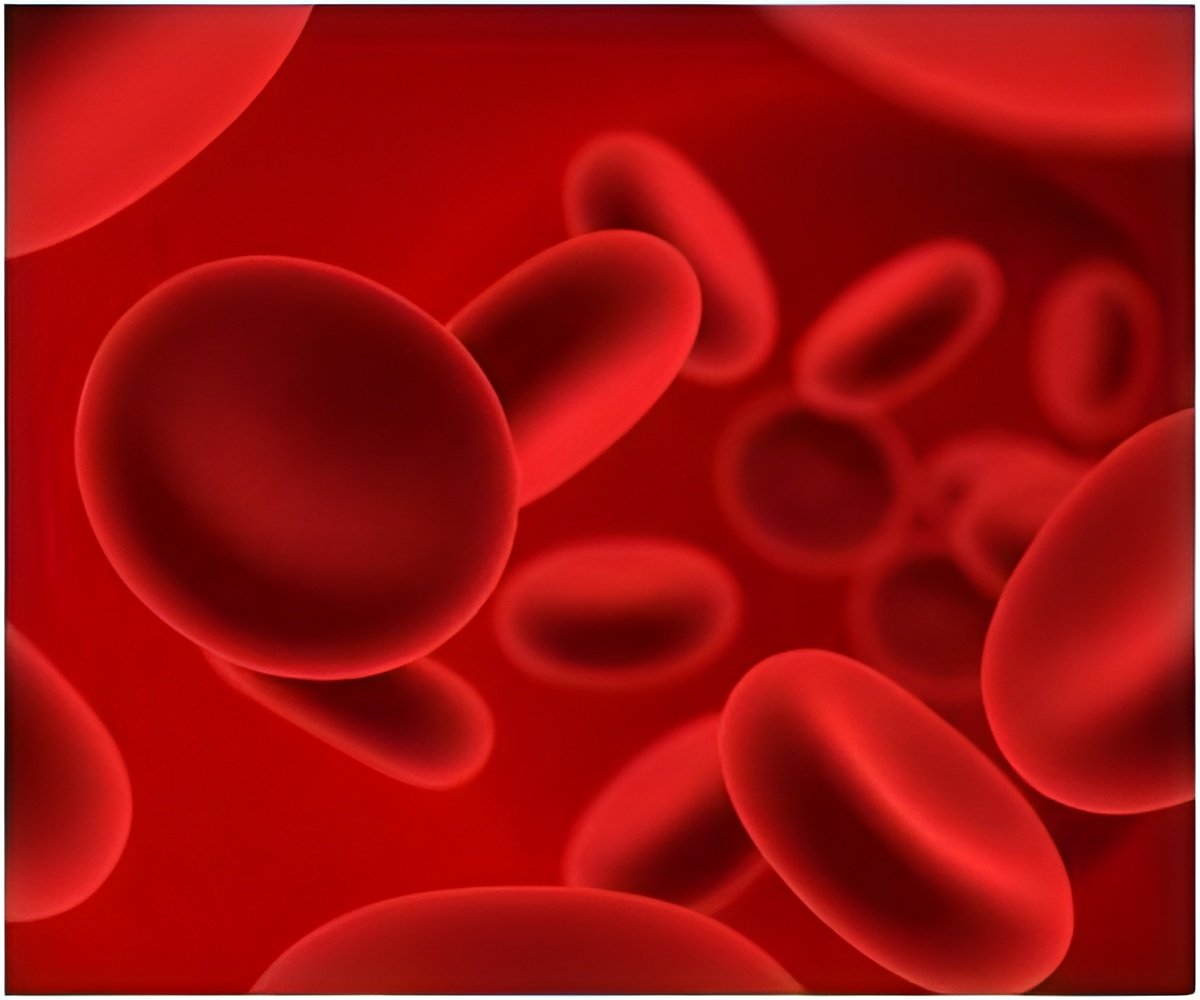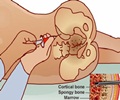
The discovery also presents new opportunities to develop drugs to enhance the immune system, or to slow down hyperactive immune cells in cases of autoimmunity and cancer, Pomerantz said.
Faced with infection, the body's white blood cells are commanded by a protein - CARD11 - to either make more antibodies and white blood cells that attack the invader or to stand down and abort the mission.
The new research shows that CARD11 is under the control of GAKIN, another protein that supervises the directives given to each white blood cell.
Because of CARD11's importance in the decision-making process, it needs a regulator to make sure it turns off when it's no longer needed to avoid the risk of hyperactivity.
If too many T or B cells, particular types of white blood cells, are made or sent to battle infection, the consequences can be cancer or autoimmune disease, said Pomerantz.
Advertisement
This allowed them to see when a CARD11-responsive gene was turned on by measuring the amount of light released from the cells. Pomerantz's group discovered that the more GAKIN protein they added to the cells, the less the cells glowed, meaning that GAKIN represses these genes' activation.
Advertisement
Source-ANI








